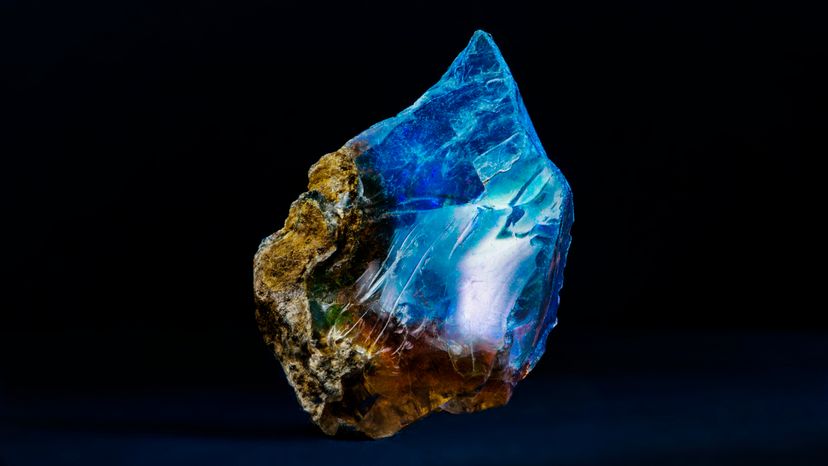Almost two pounds of green plant material were found in a 2,700-year-old grave in the Gobi Desert in what has now been identified as the world’s oldest marijuana stash. The find, which is detailed in the Journal of Experimental Botany, underwent a barrage of tests that proved that the weed possessed potent psychoactive properties, casting doubts on the theory that the ancients only grew the plant for hemp so they could make clothing, rope and other objects out of the versatile material.
Almost two pounds of green plant material were found in a 2,700-year-old grave in the Gobi Desert in what has now been identified as the world’s oldest marijuana stash. The find, which is detailed in the Journal of Experimental Botany, underwent a barrage of tests that proved that the weed possessed potent psychoactive properties, casting doubts on the theory that the ancients only grew the plant for hemp so they could make clothing, rope and other objects out of the versatile material.
In an interview with Discovery News, journal author Ethan Russo told Discovery News that the marijuana “is quite similar” to what’s grown today, leading many people to suspect that certain societies have been getting high for far longer than we previously thought. Unfortunately, for any stoners hoping that the vintage chronic aged like a fine wine, chemical analysis has shown that no one could possibly feel the effects from smoking it today, due to the level of decomposition it experienced over the millennia.
